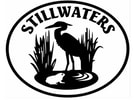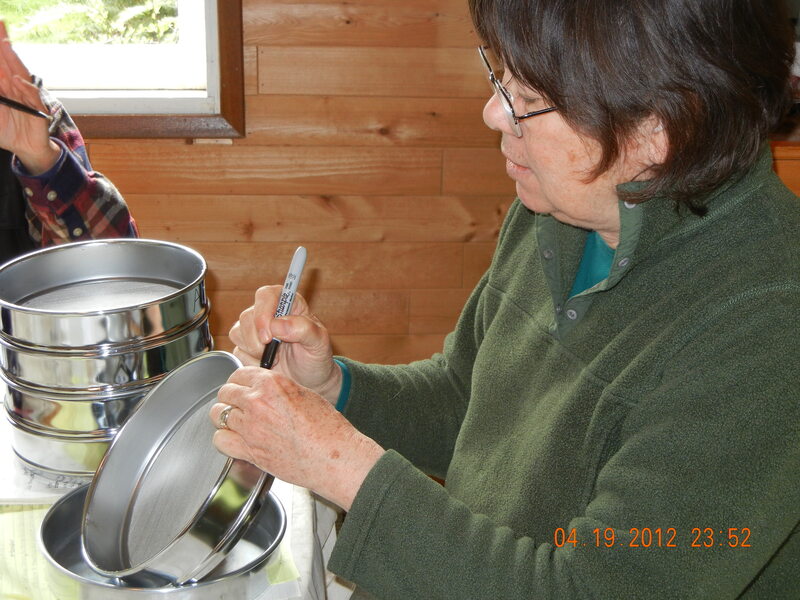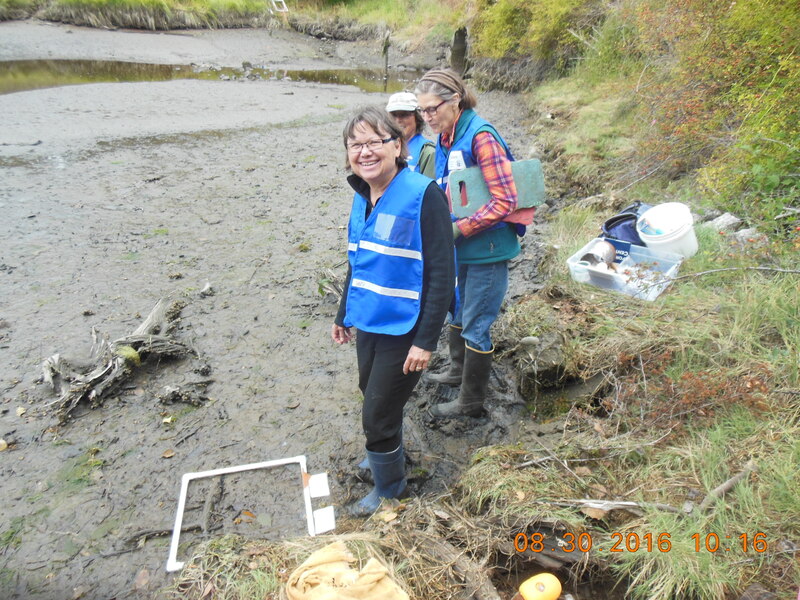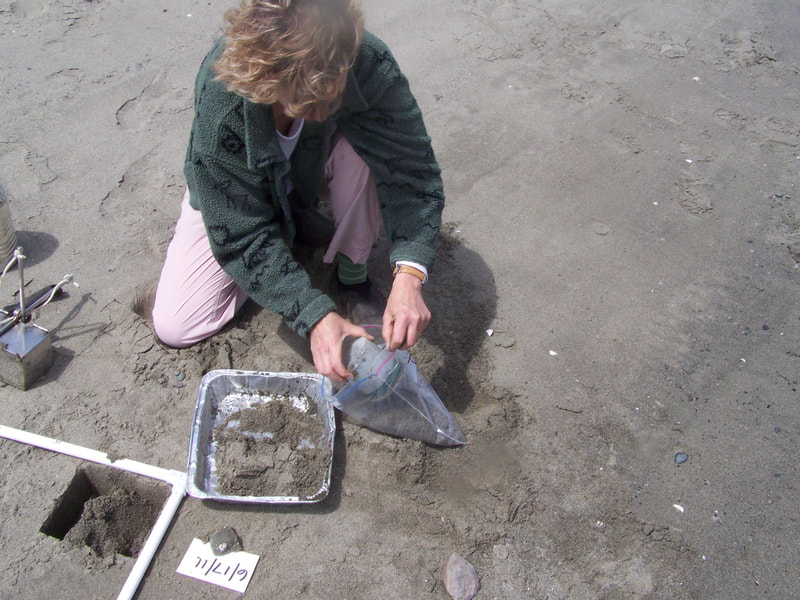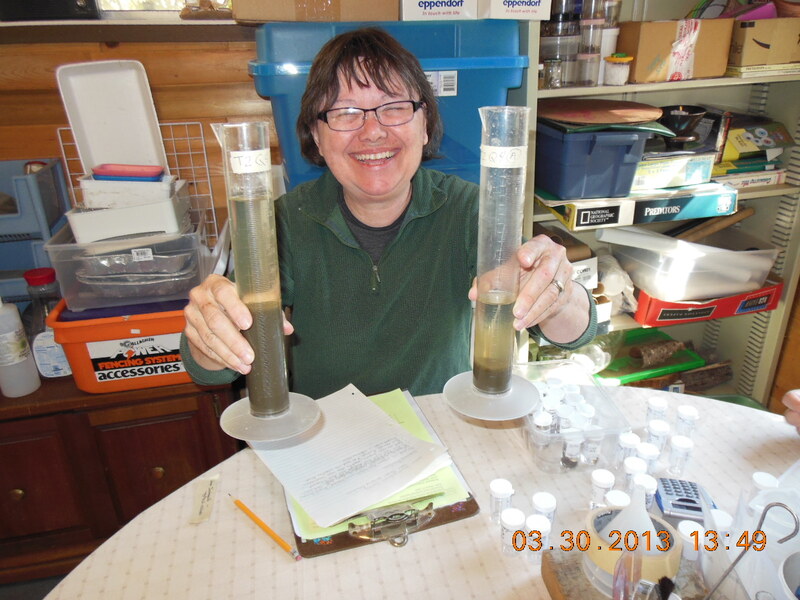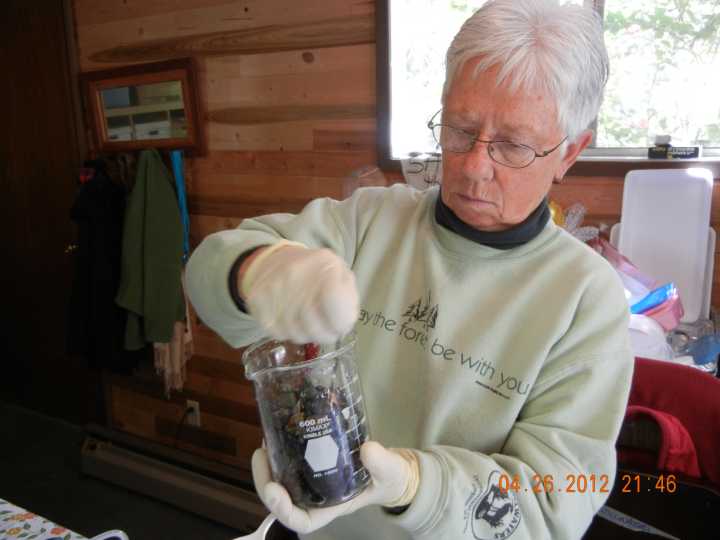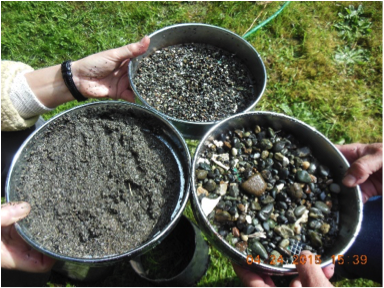Sediment Composition
Stillwaters collects sediment samples collected from either side of the South Kingston Bridge to document the movement of sediment in the estuary system since culvert removals. Samples are sifted through different sized sieves and particles of different sizes (e.g., silt, fine sand, cobble, etc.) are quantified. Thanks to many hours of volunteer efforts, we have 10 years of data tracking sediment changes in the estuary following the 2021 culvert removal.
UW Intern Quinn Habedank explains how estuary sediment has changed since culvert removals
Quinn also presented an expanded analysis, including 2021 data, at the 2022 Salish Sea Ecosystem Conference in April.
